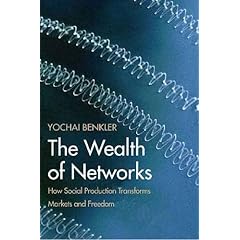Friday, 15 September 2006
This is one of a series of posts on how the TPM Exposure Draft affects particular groups. First, I want to talk about consumers.
Summary: consumers are worse off under the Exposure Draft than they are under current law. This is because they now risk liability where they did not before (liability for the individual act of circumvention has been introduced). This is the intended effect of the laws, and was inevitable under the FTA. The hot-button issues for consumers, however, are:
- region-coding: here, the result is a little murky;
- spare parts (printer cartridges, garage door openers): problem avoided;
- the making of back-ups: there will be no such right. Unfortunate, but probably inevitable. But note that so far, the making of more than one copy or provision of replacement copies is tending to be accommodated (iTunes).
One important point to note for consumers is that there is little in this package to protect us from malfunctioning TPMs, or even evil wicked mean and nasty Sony Root-kit type TPMs.
What consumers might say to the government: thanks for trying to restrict the ambit of these laws and relate it directly to copyright. I can see you’ve really tried here, and you appear to have listened to the concerns expressed by the LACA, and taken a restrictive view of the laws you have to introduce. As a consumer, I think that’s pretty good, really. But there are still a couple of areas where I think the score card reads ‘must try harder’:
- Please explain why you are protecting malfunctioning or evil nasty destructive TPMs at all? Apparently, no one is allowed to help me get past a malfunctioning or obsolete TPM.
- I’d like some assurance that if a Sony Rootkit Fiasco ever happens here, Australian law will provide me with a remedy. Please publish the analysis that indicates that the Sony Rootkit scenario would be illegal under Australian law, or tell us how you are going to address the issue.

